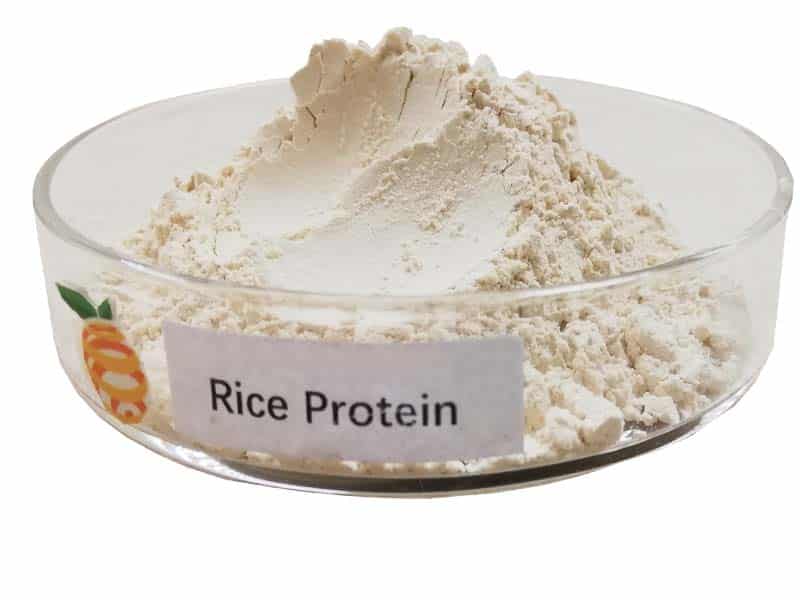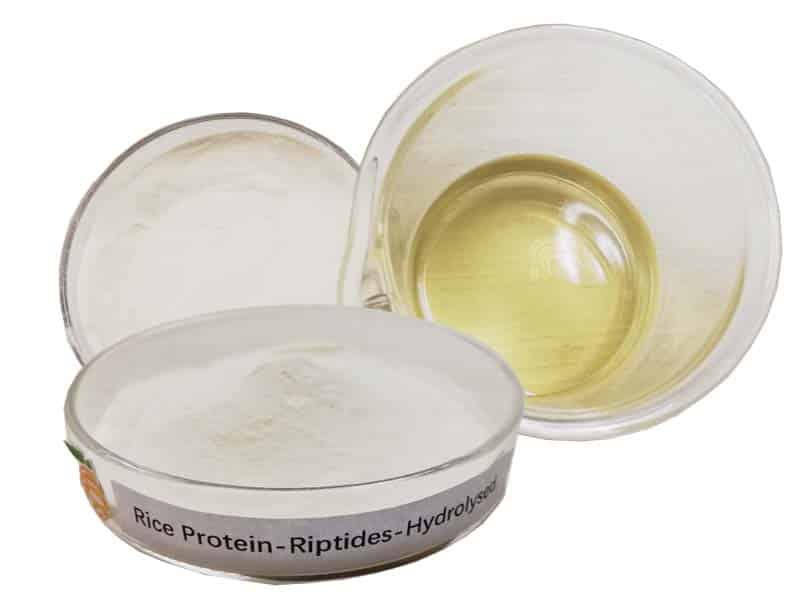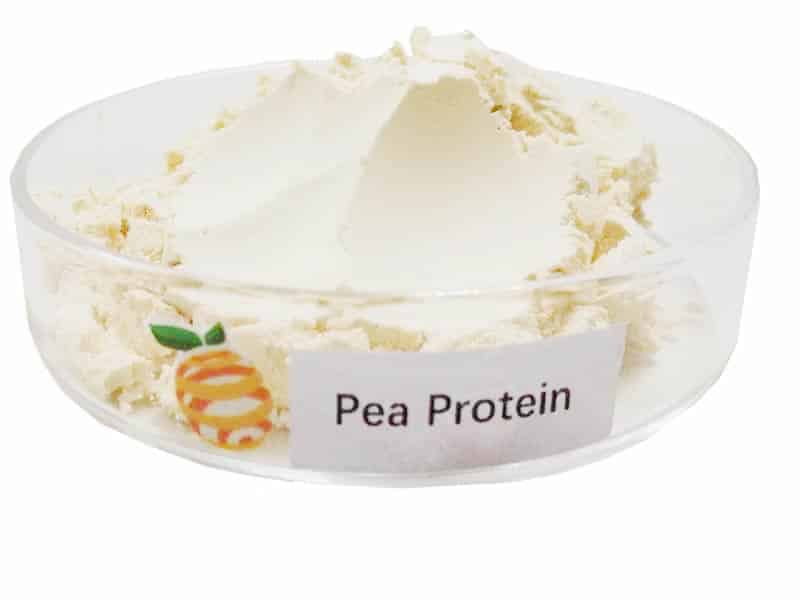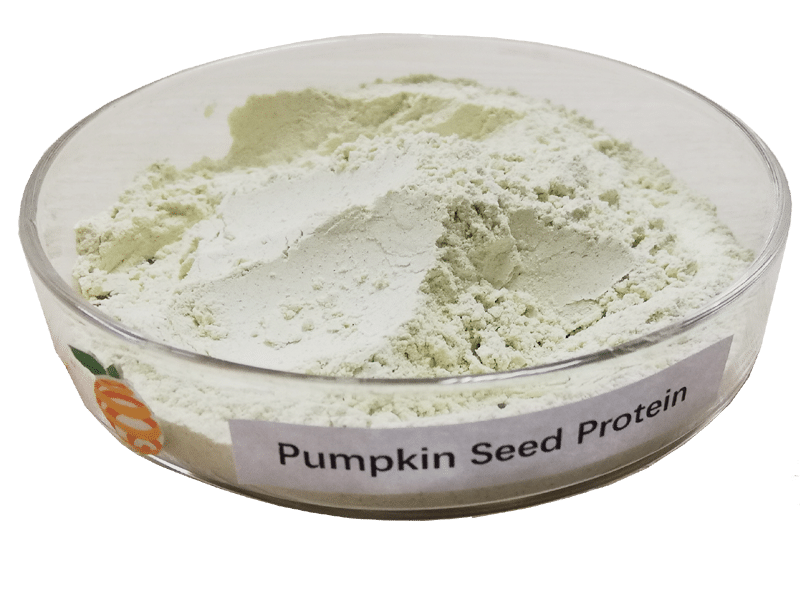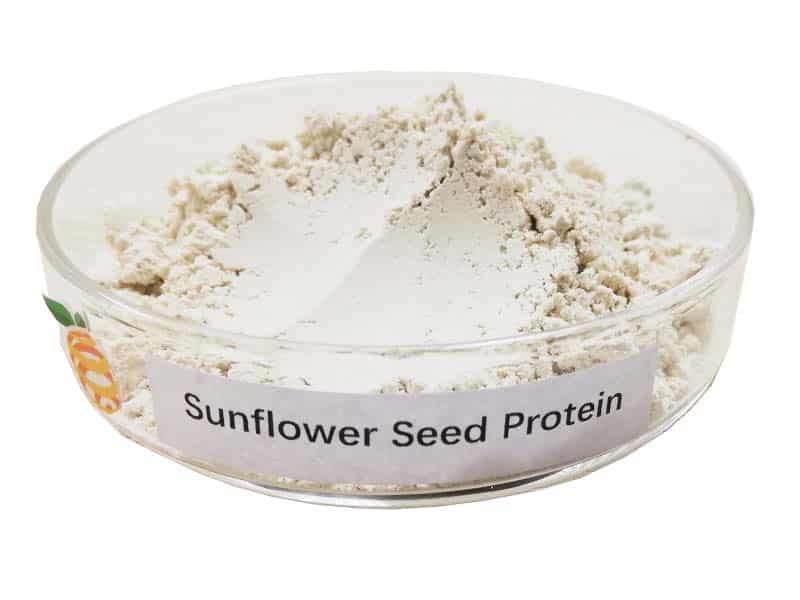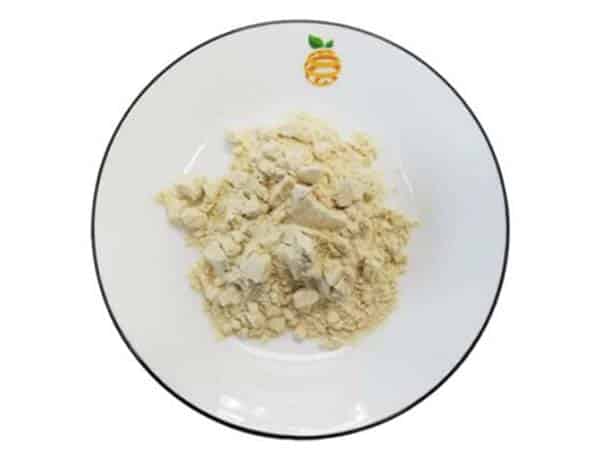What Is the Difference Between NADH and NAD+?
-
Table of Contents
- NADH vs. NAD+: Understanding the Crucial Differences in Cellular Metabolism
- Introduction to NADH and NAD+
- Chemical Structure and Properties
- Role in Cellular Metabolism
- Health Implications of NADH and NAD+
- Supplementation and Therapeutic Uses
- Conclusion: Key Takeaways
- Explore ETprotein’s High-Quality Protein Products
NADH vs. NAD+: Understanding the Crucial Differences in Cellular Metabolism
In the intricate world of cellular biochemistry, two coenzymes, NADH and NAD+, play pivotal roles in energy metabolism and various other cellular processes. Despite their similar names, NADH and NAD+ differ significantly in their biochemical properties and functions. This article delves into the distinctions between these two vital molecules, shedding light on their importance in maintaining cellular health and overall vitality.
Introduction to NADH and NAD+
Nicotinamide adenine dinucleotide (NAD) is a coenzyme found in all living cells. It exists in two forms: NAD+ (oxidized form) and NADH (reduced form). These molecules are crucial for the biochemical processes that convert food and sunlight into energy, a fundamental aspect of life. Understanding the differences between NADH and NAD+ is essential for comprehending how cells harness and utilize energy.
Chemical Structure and Properties
The primary difference between NADH and NAD+ lies in their chemical structure. NAD+ contains an oxidized nicotinamide ring, whereas NADH contains a reduced form of this ring. This structural difference is critical as it determines the role each plays in cellular metabolism.
- NAD+: Acts as an oxidizing agent – it accepts electrons from other molecules and becomes reduced.
- NADH: Functions as a reducing agent – it can donate electrons to other molecules, facilitating the production of energy.
Role in Cellular Metabolism
The roles of NADH and NAD+ in cellular metabolism are complementary. During cellular respiration, NAD+ is reduced to NADH in processes like glycolysis and the Krebs cycle. This transformation plays a crucial role in energy production.
- Glycolysis: NAD+ is reduced to NADH as glucose is broken down into pyruvate, capturing energy in a form that can be used by the cell.
- Krebs Cycle: NAD+ accepts more electrons, converting to NADH, which then carries these electrons to the electron transport chain.
In the electron transport chain, NADH donates the electrons it has carried, which are used to drive the production of ATP, the cell’s main energy currency. This process also converts NADH back to NAD+, making it available to participate in further cycles of energy production.
Health Implications of NADH and NAD+
The balance between NADH and NAD+ is vital for maintaining cellular health. Disruptions in their levels can lead to various health issues, including metabolic disorders, neurodegenerative diseases, and aging.
- Metabolic Disorders: An imbalance can affect the body’s ability to generate energy efficiently, leading to diseases such as diabetes.
- Neurodegenerative Diseases: Adequate levels of NAD+ are crucial for repairing DNA and protecting against cell damage, which is vital in preventing diseases like Alzheimer’s and Parkinson’s.
- Aging: NAD+ levels decline with age, reducing the body’s ability to repair itself and maintain healthy cellular function.
Supplementation and Therapeutic Uses
Given the importance of NAD+ in health and disease, there is growing interest in developing therapies that can restore normal NAD+ levels in the body. Supplements designed to boost NAD+ are becoming popular for their potential anti-aging and health-promoting benefits.
Conclusion: Key Takeaways
Understanding the differences between NADH and NAD+ is crucial for appreciating how cells produce energy and maintain their function. While NADH is the powerhouse that drives the production of ATP through its role as an electron donor, NAD+ is essential for initiating energy-producing cycles and maintaining cellular health. Balancing these two molecules is key to preventing disease and promoting longevity.
Explore ETprotein’s High-Quality Protein Products
If you are looking to enhance your health regimen, consider exploring ETprotein’s range of high-quality protein products. Their extensive selection of organic and allergen-free proteins can support your nutritional needs, whether for general health, sports nutrition, or dietary supplements.
ETprotein is NADH Factory Manufacturer and Supplier in China, Check further information by visiting the NADH Product Page
Request Quotation and Samples of NADH from ETprotein
About ETprotein
ETprotein, a reputable protein and elite nutrition ingredients NADH Chinese factory manufacturer and supplier, is renowned for producing, stocking, exporting, and delivering the highest quality organic bulk vegan proteins and elite nutritional ingredients NADH. They include Organic rice protein, clear rice protein, pea protein, clear pea protein, watermelon seed protein, pumpkin seed protein, sunflower seed protein, mung bean protein, peanut protein. Their offerings, characterized by a neutral taste, non-GMO, allergen-free attributes, cater to a diverse range of industries. They serve nutraceutical, pharmaceutical, cosmeceutical, veterinary, as well as food and beverage finished product distributors, traders, and manufacturers across Europe, USA, Canada, Australia, Thailand, Japan, Korea, Brazil, and Chile, among others.
ETprotein specialization includes exporting and delivering tailor-made protein powder and finished nutritional supplements. Their extensive product range covers sectors like Food and Beverage, Sports Nutrition, Weight Management, Dietary Supplements, Health and Wellness Products, and Infant Formula, ensuring comprehensive solutions to meet all your protein needs.
As a trusted company by leading global food and beverage brands and Fortune 500 companies, ETprotein reinforces China’s reputation in the global arena. For more information or to sample their products, please contact them and email sales(at)ETprotein.com today.

